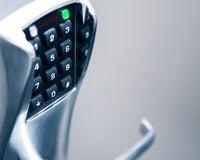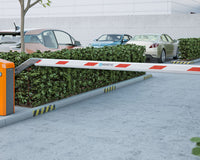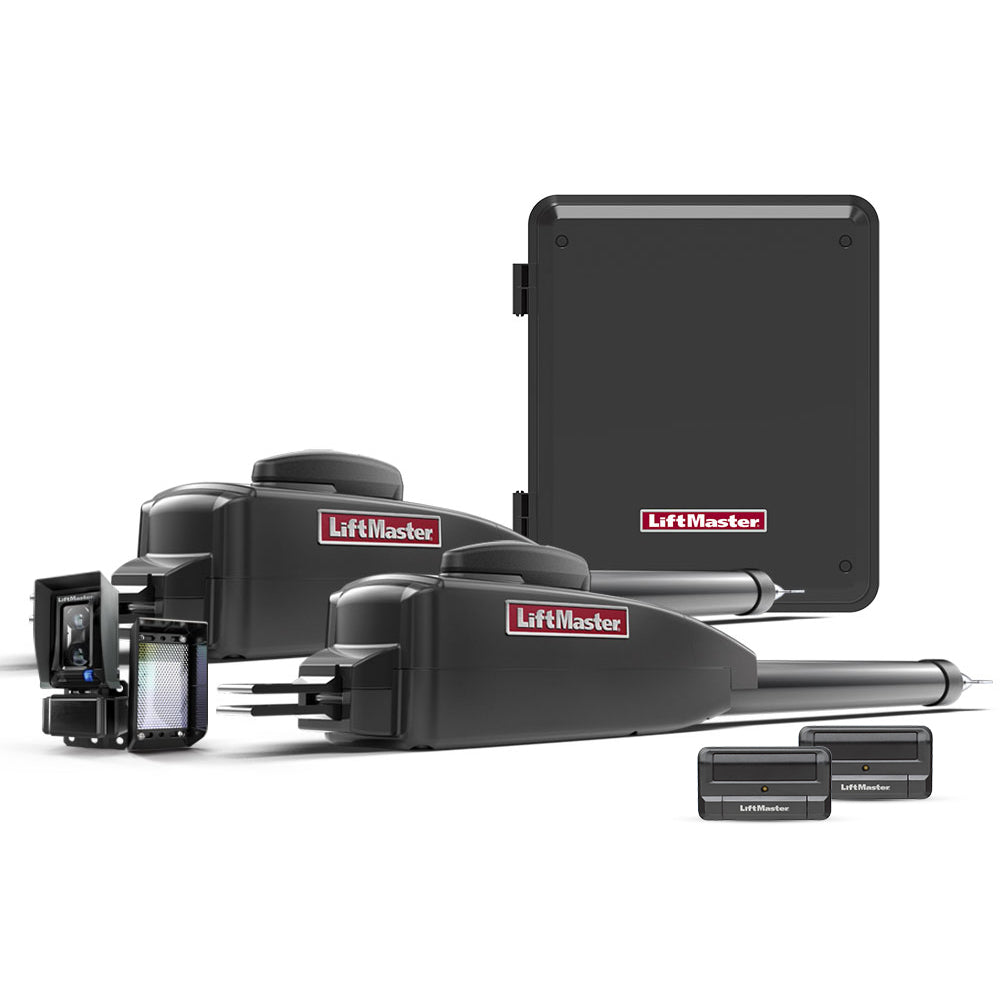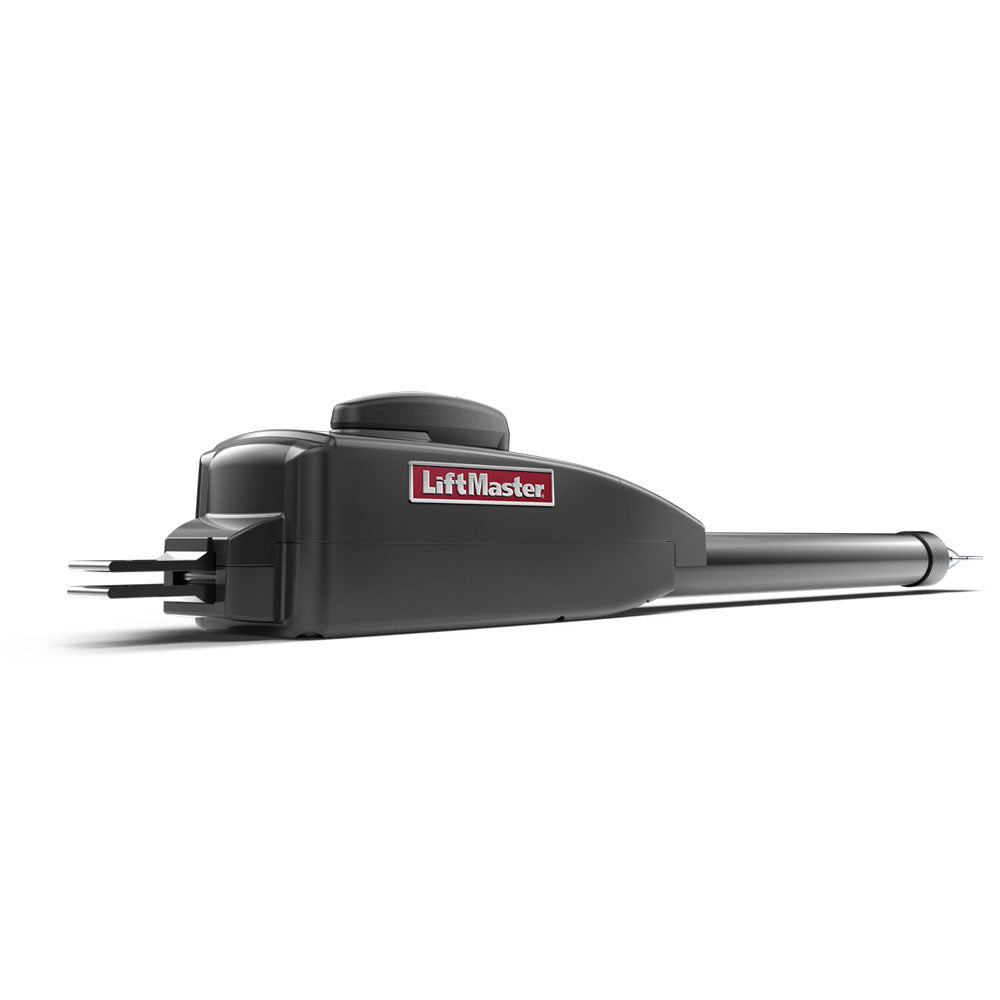Access control system installation is a complex process best done by a well-trained installer. It can take a few hours up to several days, depending on the number of door controllers, the size of the facility, and the required security level.
Preliminary steps for installing access control systems include planning, designing, and buying the equipment. The actual installation process entails installing the access control devices, such as door knobs, and then integrating the software and database. Once installed and integrated, inspection and testing are required. You also need to onboard and train the employees or tenants.
Steps for Access Control System Installation
Assess Your Access Control Needs
Without clarity of your access control needs, it won't be easy to effectively plan and design the security system. Therefore, start by analyzing your business or building in-depth to establish your security measures.
Some things to consider are:
- Is there a security system in place? Do you intend to retain it or parts of it, or would you rather change it completely?
- Which areas require heightened security?
- Have you had any incidents of security breaches recently?
- Are you keen to scale the access control system over time?
- What type of access do you need to provide? (e.g., pedestrian and automotive)
- Are there multiple access points for your facility?
- What is the square footage of your property?
- What is your annual budget for your security system?
Design the Security System
When designing your access control system, consider which levels require higher security than others. For example, bathrooms, customer service areas, and vending machines do not require a high level of security. In contrast, areas with high-value assets and information, such as communication equipment, production equipment, servers, accounts, and human resources offices, require a robust security solution.
Consult your access control installer on the type of security solutions to incorporate. They will help you determine the most suitable one according to your security needs, the size and layout of the facility, and your budget, among other factors. Options include standalone, cloud-based, mobile-based, and integrated.
For example, you will need a cloud-based access control system if your facility is on multiple levels or buildings. Comparatively, a standalone or mobile-based system is suitable for a home security system, while an integrated commercial access control system is better suited for commercial buildings or business premises.
Next, narrow down the type of authentication and access control device depending on their features and capabilities. Authentication credential options include keypads, key fobs, electromagnetic cards, signatures, biometric data, proximity cards, mobile credentials, and touch screens. You can install one or multiple types. You must install the corresponding door entry system, e.g., door controller, card reader, and door lock.
You may also integrate other security devices such as video surveillance, security cameras, intruder alarm systems, etc. Although you can change out the hardware, choosing the most suitable options the first time is best, as reinstallation and integration can be pretty expensive.
Source for Access Control Products
Once you are clear on the design and layout of your access control system, the next step is to get the appropriate access control products. While it might be tempting to go for the cheapest options, take your time to find high-quality devices that will perform excellently for years.
Find trustworthy suppliers that are highly rated and offer after-sale services, favorable warranties, and guarantees. Request multiple quotes from different suppliers to establish the fair market price of access control systems.
Installation
Access control installation is an intricate process. The access control installer first maps out the layout of the system. They then install the access control panel and mount locks and door controllers. The access control panel is in most commercial buildings in the server room. If you have too many locks to install, hire a reputable commercial locksmith in your area for the job. Ensure that the locks are well-aligned.
Next, the installer will run cables from the power board to the main controller. They then run cables from the control panel to the door controllers in the various rooms. The door controller is connected to the card reader. If your system incorporates magnetic locks, an extra step is required to wire the lock to the board and an external power supply.
Configuring the System Settings
The control panel plugs into a power source and connects to a computer through an Ethernet cable. The installer launches a web connection and fills out information such as IP address, language, function, time zone, controller name, and other relevant information. Once configured, you can see what is happening throughout the access control system.
Inspection and Testing
Inspect and test the system before onboarding other users to ensure everything works correctly. Test each component for power and internet connectivity. Test each lock, card reader, or biometric access control system to ensure it works properly. Test the door entry system with valid and invalid credentials to confirm that it works as expected. Inspect and test if your access control system integrates additional components such as security cameras, video surveillance, alarm system, and visitor management.
Onboard Other Users
Input employees’ credentials in the system to set up their biometric access control, access card, code, or PIN. Then, conduct training across the organization to demonstrate how to use the newly installed system. Have employees test the door access control system and ensure that the installer resolves any issues.
Also, train the system managers to configure areas, manage user profiles, enter credentials, set up schedules, monitor the systems, and download reports.
Access Control Systems
Access control systems are not too complicated to set up, but they require a high level of expertise to ensure they are set up right and work efficiently. Aside from relying on the installer for their expert workmanship and integration, consult them when purchasing high-quality supplies that fit your budget. Once the system is set up, test it before adding other users. Then train the users and system managers on correctly using the access control system. If you have any questions or need assistance with your access control system, please contact us. We would be happy to help you ensure the security of your premises.












